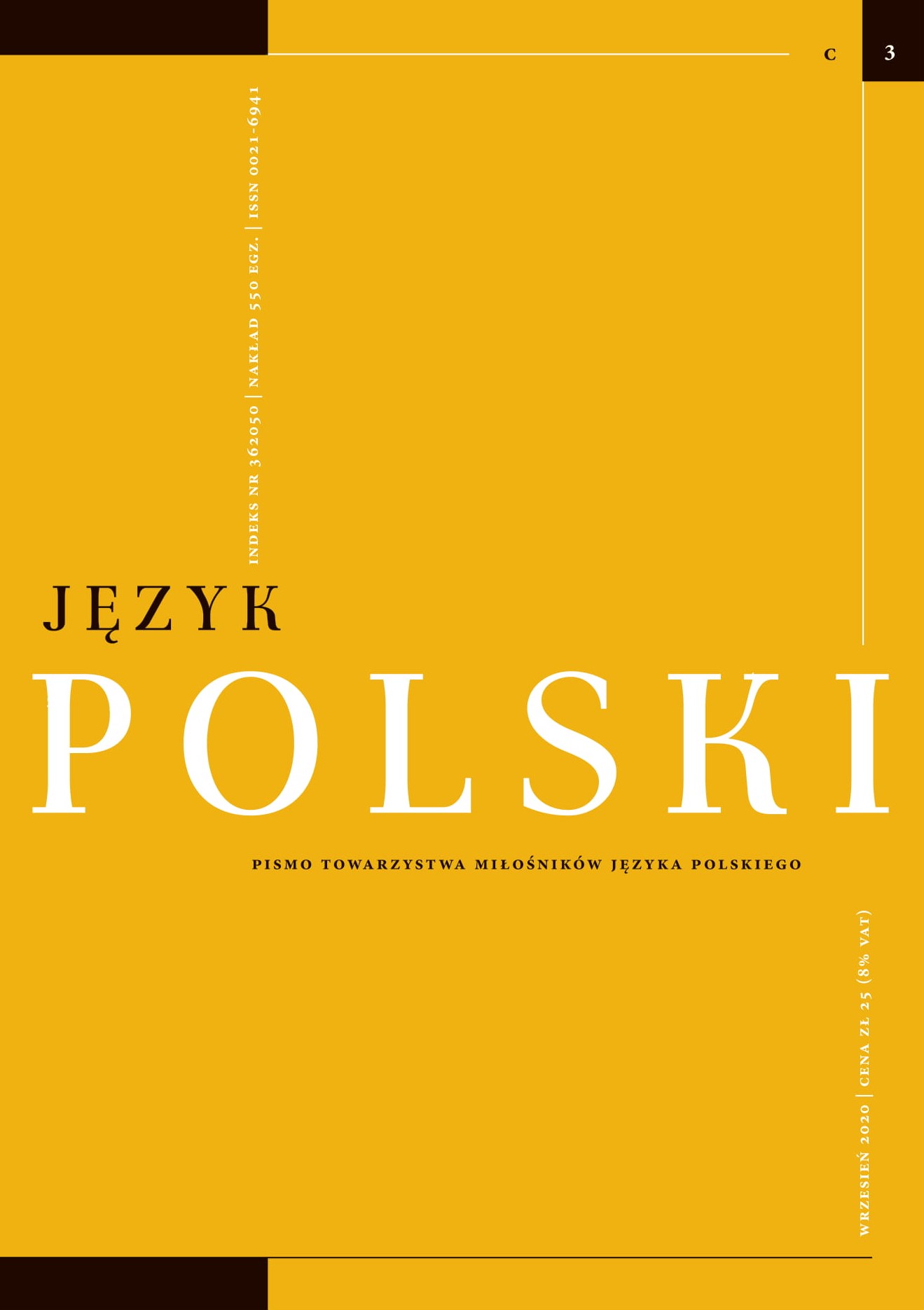Parataktemy vs asyntagmatyki, czyli różne oblicza kookurencji tekstowej
Paratactemes vs asyntagmatic units. The different faces of textual co-occurrence
Author(s): Adam DobaczewskiSubject(s): Theoretical Linguistics, Applied Linguistics
Published by: Towarzystwo Miłośników Języka Polskiego
Keywords: particles; paratactemes; asyntagmatic lexemes; prosody
Summary/Abstract: The paper concentrates on the status of the so-called paratactemes (see J. Wajszczuk O metatekście 2005), considering their different levels of prosodic independence. Our main claim concerns the need to distinguish paratactemic units being able to freely co-occur with other expressions within one prosodic unit from lexemes which need to be prosodically independent (i.e., from independent lexemes, which correspond to asyntagmatic units as understood by R. Laskowski). Until now, J. Wajszczuk and her followers have only seen the possibility of functioning as independent prosodic units to be the characteristic feature of particles, questioning the need to distinguish a separate class of asyntagmatic units (or, especially, a class of contextual asyntagmatic lexemes). The article points out to the problem of significant heterogeneity of such set of “particles”. Certain units classified as particles may not be freely added to other elements of syntactic links without disturbing the intonation structure of the phonological phrase. Our efforts, aiming at describing the prosodic features of different co-occurrence units which include a particle and the expression serving as its denotation, have led to a classification proposal including the following options: 1) co-occurring within one phonological phrase (intraphrase co-occurrence, KWF), 2) co-occurring as part of two phrases within one utterance (interphrase co-occurrence, KMF), and 3) occurring in different utterances (inter-utterance co-occurrence, KMW).
Journal: Język Polski
- Issue Year: 2020
- Issue No: 3
- Page Range: 20-28
- Page Count: 9
- Language: Polish

